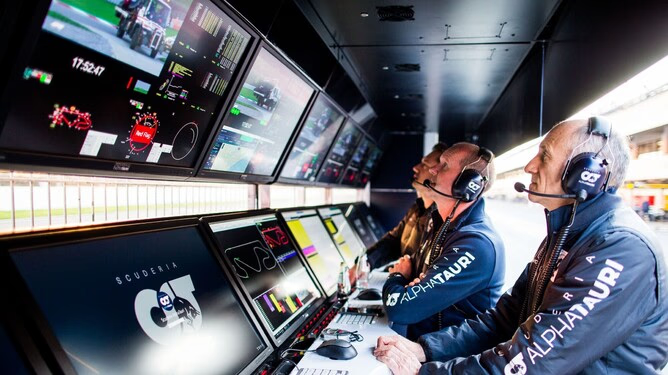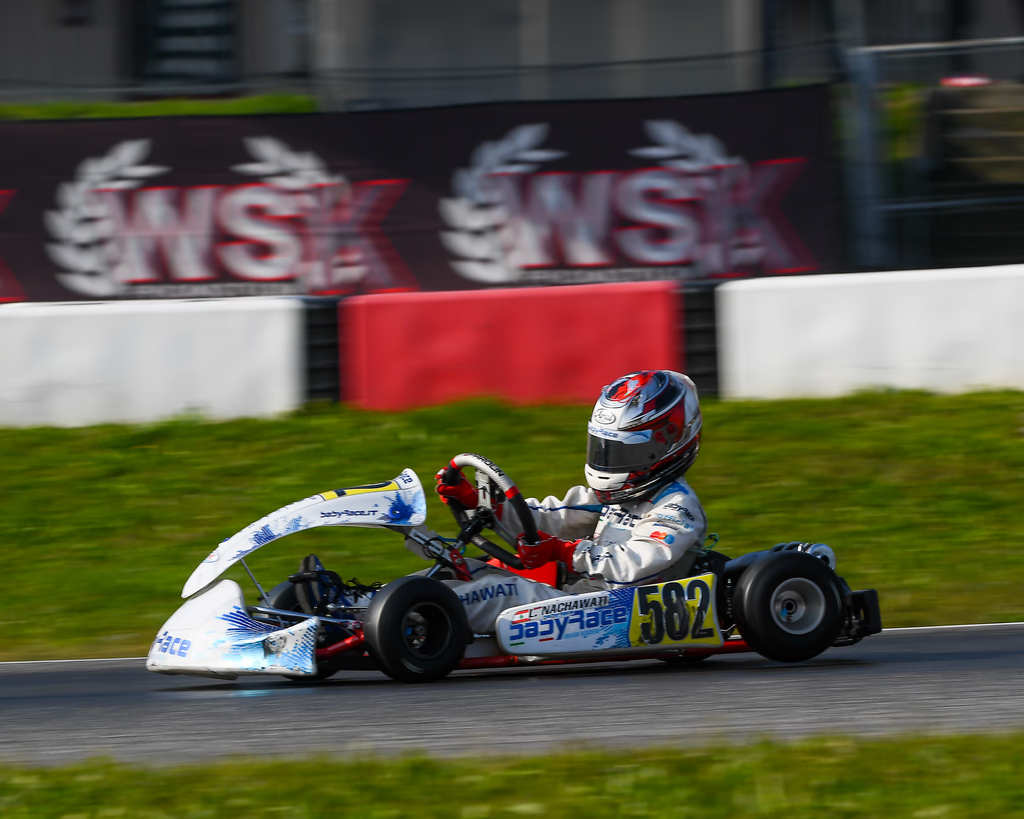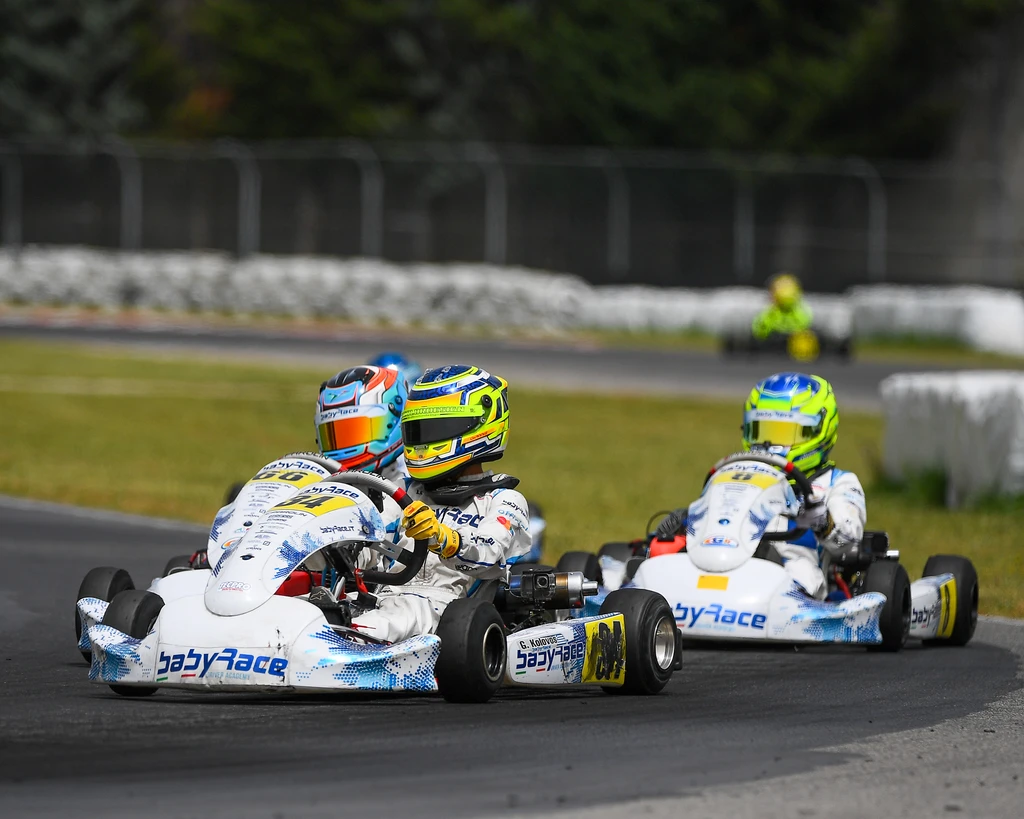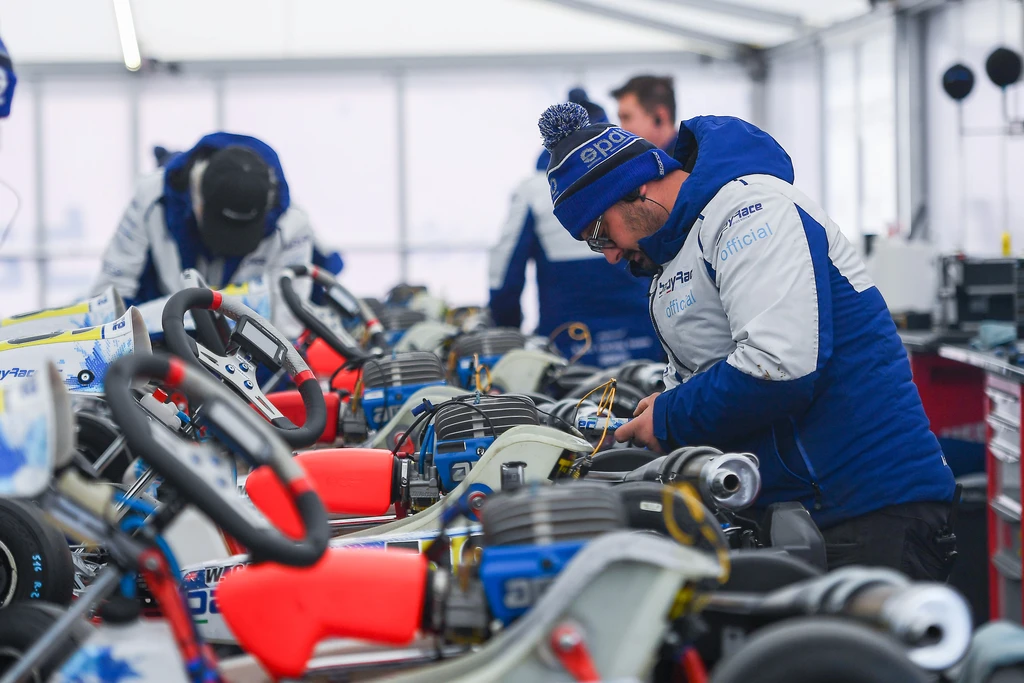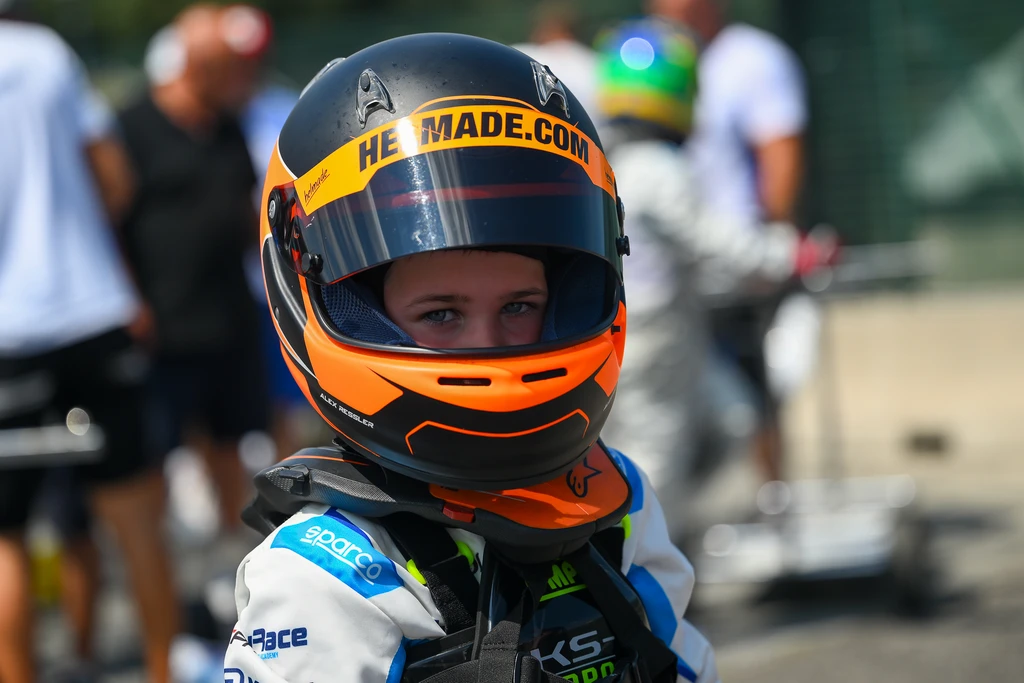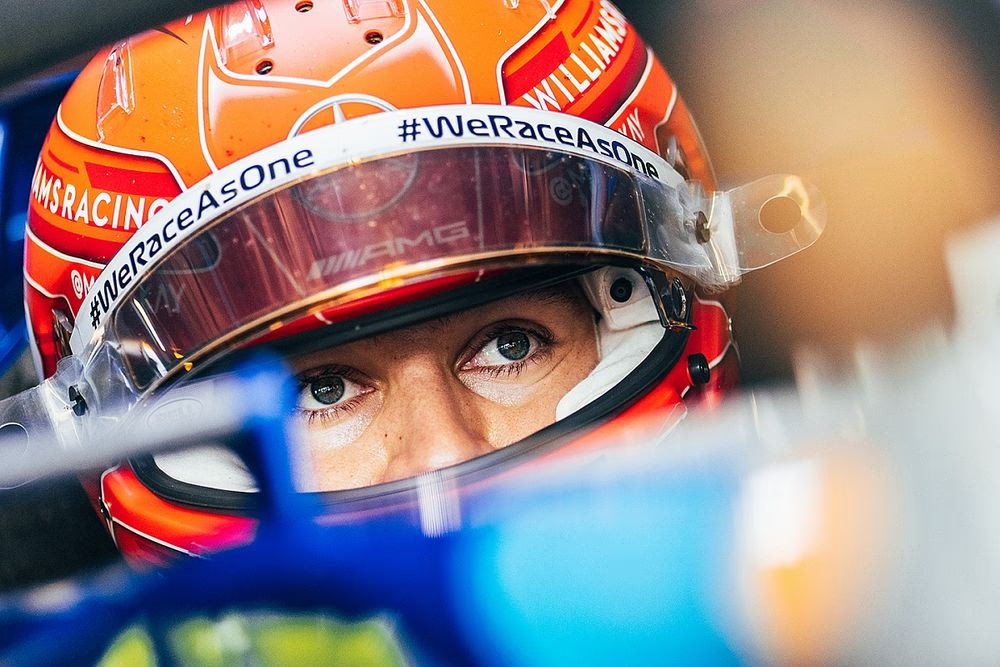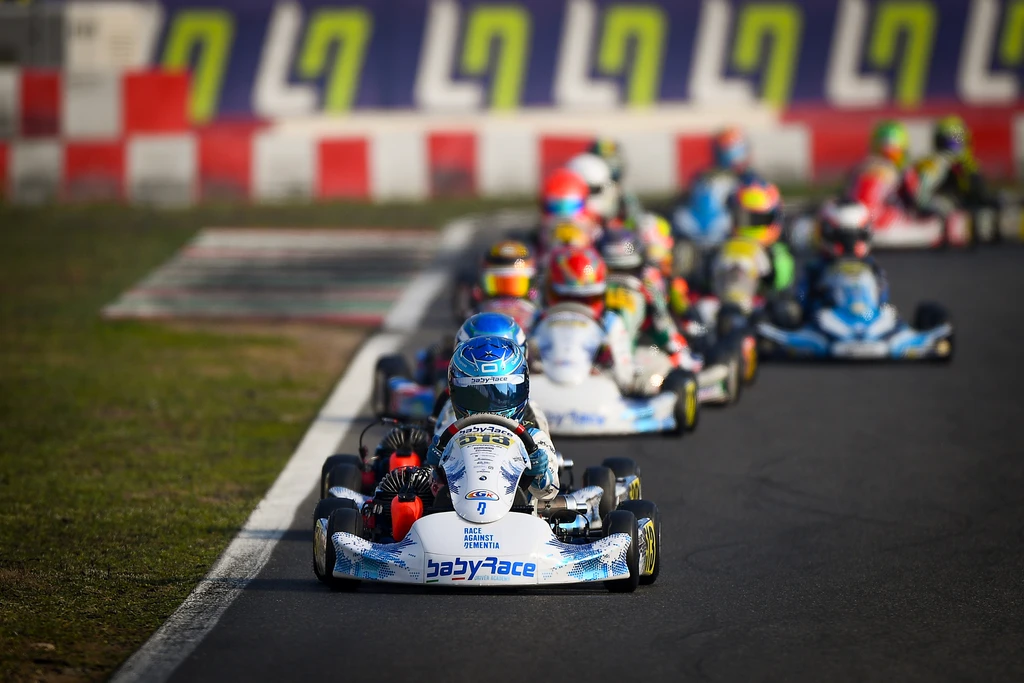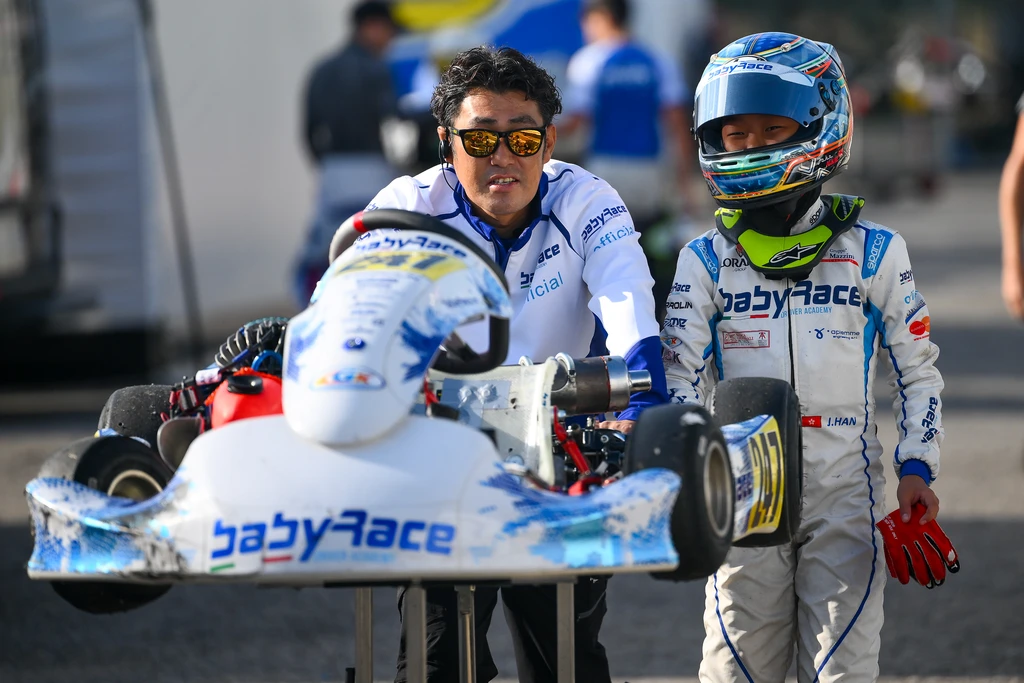
Back Then: Chasing Teammates
Let me take you back to when I started racing in 2004–2005 in Mini.
I was a kid, hungry to win, and whenever a teammate was faster than me, I’d lose it. I hated it.
You know how it is…same kart, same equipment, no excuses.
If they were quicker, that meant it was on me. And my ego couldn’t handle that.
So how did I try to find lap time?
Simple. I’d just tuck in behind them.
That’s how we all did it back then:
- Follow closely.
- Watch their lines.
- Notice if they braked later, carried more speed, or picked up the throttle quicker.
- Copy it, lap after lap, until you shaved a tenth or two.
Sometimes it worked. Sometimes I thought it was the engine.
Spoiler: most of the time it wasn’t.
A Personal Story: The Chicane at Lonato
Fast forward a bit. I was racing KZ2 at Lonato with my brother, Leonardo. I’d figured out something different at the chicane, using all the kurb on the exit. Nobody was really doing it then, at least not in shifters as it used to bottom you out a lot on the kerb. It also scraped the floor, sure, but the speed gain was worth it.
On the data, it was 0.10–0.15 quicker if done properly. Massive, in racing terms.
I knew it, but I kept it in my pocket. I didn’t want to show it during practice and let the whole paddock copy it.
My brother, of course, started doing it anyway. He got P1 in his group for quali, I got P1 in mine, and he bragged about it like crazy. I had to laugh.
The lesson? Back then, discovering something like that was rare, but if you did, it was gold.
And you guarded it like a secret weapon.
Now: The Data Era
Fast forward to today, 2025. Things have completely changed. Nobody just “wings it” anymore. Every driver, every team has data and video analysis.
Here’s the shift:
- Then → You guessed where you lost time by following someone.
- Now → You know where you lost time because the data shows you.
We’re talking exact braking points, throttle pickup, even pedal pressure with sensors. Data doesn’t lie.
Why Data Is the Cheat Code
Some people treat data like an optional tool. But for me, it’s the ultimate cheat code. Here’s why:
- It shows you the truth.
No more excuses like “the engine is slow.” Data proves if you’re late on throttle or braking too early. - It cuts the learning curve.
Back then, finding 0.2 could take a whole weekend. Today, one look at the telemetry and you know how to find it in five minutes. - It humbles you.
I’ll be real—it’s painful when the data shows your teammate is just better in a corner. But if you put your ego aside, that’s how you grow. - It adapts you to conditions.
Different tires, grip levels, or weather? Data helps you adjust, not guess.
Video vs Data
Video is great for lines. You see if someone is using more track or taking a different approach.
But video can’t tell you:
- The exact brake pressure.
- The exact pickup point.
- The exact speed through a corner.
That’s where data wins. Combine both and you get the full picture.
What Young Drivers Get Wrong
Here’s the trap I see with kids in karting today:
- They blame the engine.
- They blame the mechanic.
- They blame everything but themselves.
Truth is, about 90% of the time, the issue is the driving. Ego gets in the way.
And I get it…I was the same.
But if you want to improve, you’ve got to be humble enough to admit, “It’s on me.”
Key Takeaways: Finding Lap Time Then vs Now
- Old Way: Follow faster drivers, guess, hope to copy.
- New Way: Analyze data, compare, and know exactly what to change.
- Secret Sauce: Use both —> follow others on track, but confirm with data.
- Biggest Tip: Don’t let ego stop you from learning.
Final Thoughts
Back in 2005, my biggest problem in life was finding two tenths. I obsessed over it more than anything else. Looking back now, that obsession taught me discipline.
Today, finding those tenths is easier because of data. But the mindset hasn’t changed: you’ve got to stay curious, humble, and willing to do the work.
So next time you’re off the pace, don’t complain about the engine. Open the laptop, check the telemetry, and face the truth. That’s how champions are built.
Remember, keep sending it!

